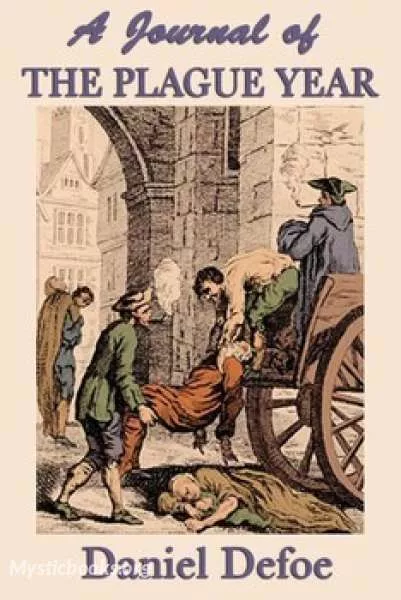
A Journal of the Plague Year
by Daniel Defoe
'A Journal of the Plague Year' Summary
Presented as an eyewitness account of the events at the time, it was written in the years just prior to the book's first publication in March 1722. Defoe was only five years old in 1665 when the Great Plague took place, and the book itself was published under the initials H. F. and is probably based on the journals of Defoe's uncle, Henry Foe, who, like 'H. F.', was a saddler who lived in the Whitechapel district of East London.
In the book, Defoe goes to great pains to achieve an effect of verisimilitude, identifying specific neighbourhoods, streets, and even houses in which events took place. Additionally, it provides tables of casualty figures and discusses the credibility of various accounts and anecdotes received by the narrator.
The book is often compared to the actual, contemporary accounts of the plague in the diary of Samuel Pepys. Defoe's account, which appears to include much research, is far more systematic and detailed than Pepys's first-person account.
Book Details
Language
EnglishOriginal Language
EnglishPublished In
1722Authors
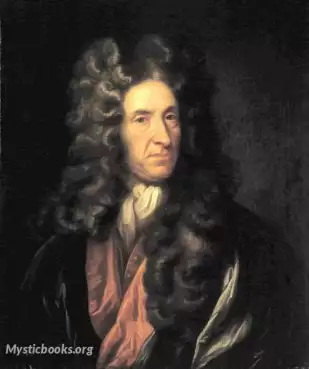
Daniel Defoe
England
Daniel Defoe is known for his lively and vigorous style, full of articulate lucid details and illustrations. The thing that makes the writing of Daniel Defoe stand out more so than others is that he w...
Books by Daniel DefoeDownload eBooks
Listen/Download Audiobook
- Select Speed
Related books

Tasker Jevons: The Real Story by May Sinclair
Tasker Jevons: The Real Story is a novel by May Sinclair, first published in 1916. The novel revolves around the life of Tasker Jevons, a man who is s...
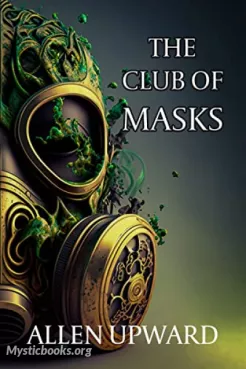
The Club of Masks by Allen Upward
In the heart of London's exclusive social scene lies a mysterious and enigmatic gathering known only as "The Club of Masks." A clandestine society tha...
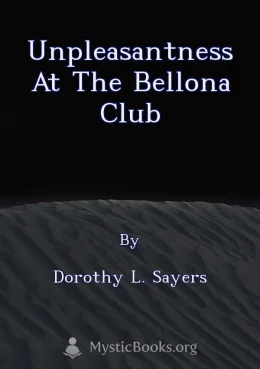
Unpleasantness at the Bellona Club by Dorothy L. Sayers
In Dorothy L. Sayers' "Unpleasantness at the Bellona Club," the enigmatic Lord Peter Wimsey finds himself entangled in a puzzling case surrounding the...
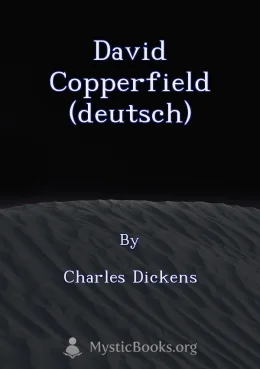
David Copperfield (deutsch) by Charles Dickens
David Copperfield erzählt die Geschichte des gleichnamigen Protagonisten von seiner Kindheit in einem ländlichen Haushalt bis zu seinem Erwachsenwerde...
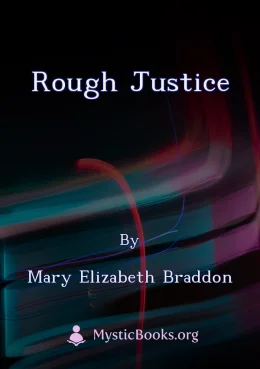
Rough Justice by Mary Elizabeth Braddon
In the bustling streets of Victorian London, Detective John Thorne finds himself entangled in a complex murder investigation. Lisa Rainer, a woman of...

Ram Alley, or Merry Tricks by Lording Barry by Lording Barry
Ram Alley, or Merry Tricks is a play by Lording Barry, a contemporary of Shakespeare, set in a vibrant and disreputable London street teeming with div...

אצל Etsel by אורי ניסן גנסין Uri Nissan Gnessin
“Etsel” is a poignant tale of a young man grappling with the limitations imposed by his severe heart condition. He struggles to connect with those ar...

Secrets of Dr. Taverner by Dion Fortune
The Secrets of Dr. Taverner follows the adventures of the enigmatic Dr. Taverner, a Holmes-like figure with a keen mind and an unusual talent for solv...
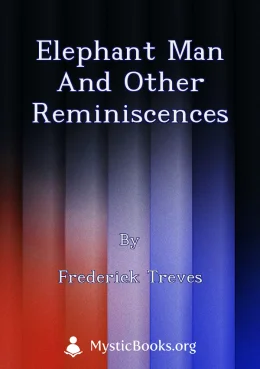
Elephant Man and other reminiscences by Frederick Treves
Frederick Treves's "Elephant Man and other reminiscences" offers a personal account of his experiences as a renowned surgeon in Victorian London. The...
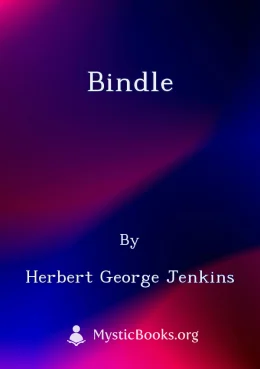
Bindle by Herbert George Jenkins
Herbert Jenkins's *Bindle* series follows the escapades of Mr. Joseph Bindle, a lovable and mischievous Cockney working-class character. These stories...
Reviews for A Journal of the Plague Year
No reviews posted or approved, yet...